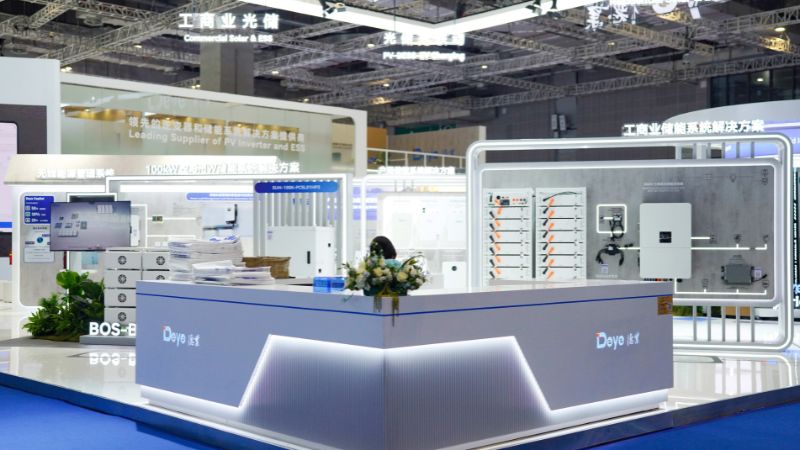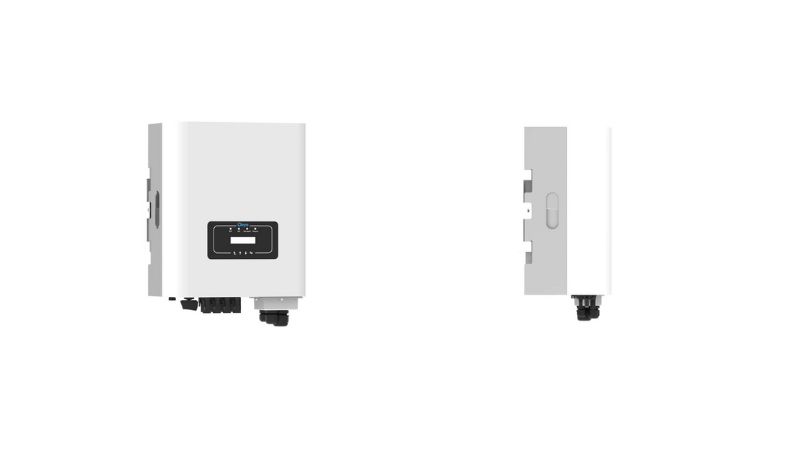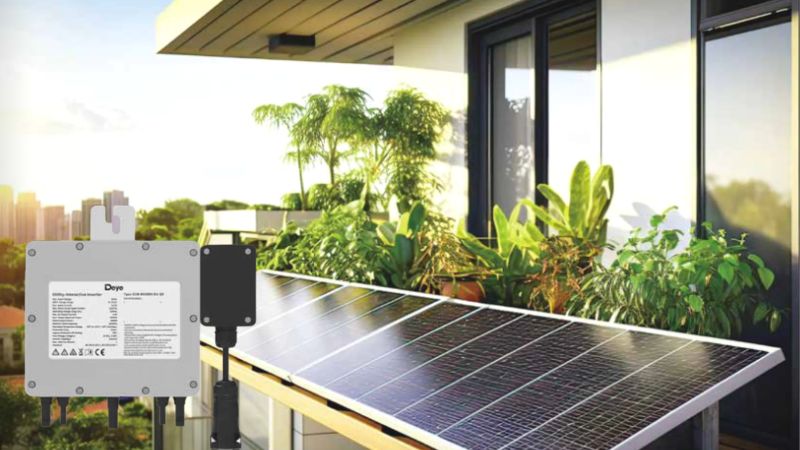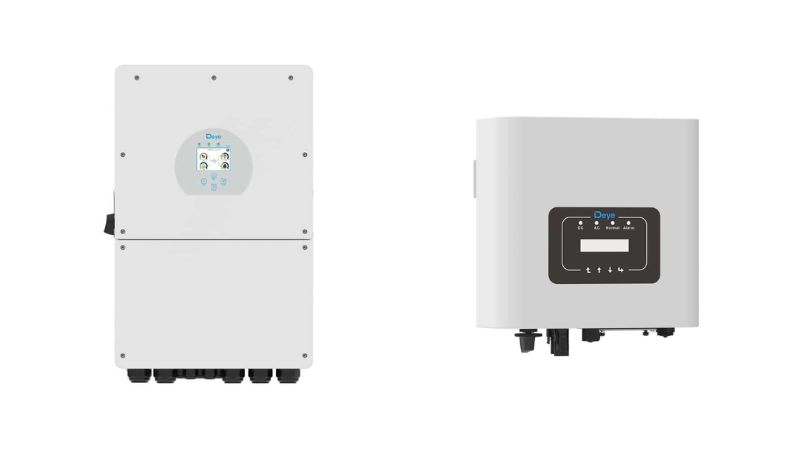The quest for sustainable energy solutions has led to the innovative integration of solar power into heating and cooling systems. Solar-powered heating and cooling systems represent a significant leap forward in environmental stewardship and energy efficiency. By harnessing the abundant and renewable energy of the sun, these systems offer a way to control indoor climates without the heavy carbon footprint associated with traditional HVAC systems.
This article delves into the mechanics of solar powered heating and cooling, exploring how they work, their benefits, and the potential they hold for a future where clean energy reigns supreme.
Understanding Solar Powered Heating and Cooling

In this section, you’ll discover how solar powered systems use the sun’s energy to provide heating and cooling solutions. These environmentally friendly technologies can reduce reliance on traditional energy sources and cut down utility costs.
The Basics of Solar Thermal Energy
Solar thermal energy utilizes the sun’s rays to generate thermal energy. This process involves converting sunlight into heat using solar collectors. There are two main types of systems:
- Solar Heating Systems: These systems include solar air heating systems, which use air as the transfer medium, and solar water heating systems, which use water. They absorb solar energy and convert it to heat that is then distributed in your home or building.
- Solar Cooling Systems: Contrarily, solar cooling systems utilize solar heat to power cooling processes, typically through absorption refrigeration cycles or desiccant systems.
Differences Between Solar Heating and Cooling Systems
- Solar Heating Systems: Operating on the principle that heat moves from warmer to cooler areas, these systems capture and concentrate solar energy as heat. Examples include:
- Solar air heating systems: Use air as the heat-carrying medium.
- Solar water heating systems: Heat water directly or indirectly through collectors.
- Solar pool heating systems: Specialized systems designed to maintain pool water temperature.
- Solar Cooling Systems: These systems use heat absorption to create a cooling effect, functioning oppositely to heating systems. They are less common but can be highly effective in sunny climates.
Components of Solar Heating Systems
Solar heating systems are an efficient way to harness energy from the sun to keep your home comfortable. Understanding the key components can help you appreciate how they capture and transfer solar heat.
Solar Collectors and Their Types
Your solar heating system begins with the solar collector, the component responsible for absorbing solar radiation. There are mainly two types:
- Flat-Plate Collectors: These are the more common variety and consist of a flat, rectangular frame, a transparent cover, and an absorber plate. They are versatile and can be used in a variety of climate conditions.
- Evacuated Tube Collectors: These feature parallel rows of transparent glass tubes, each containing an absorber tube. This design minimizes heat loss and is therefore highly efficient, even in colder climates.
Heat Storage Solutions
Once heat is collected, it must be stored for use. The heart of storage in your solar heating system is the storage tank. These tanks store the hot fluid from the solar collectors. Heat exchangers are often used within these tanks to transfer heat to the water that is then pumped throughout your home.
Solar Heating Controls and Piping
Controls are the brains of your solar heating system. They monitor temperatures and command the system to circulate fluids when sufficient heat is available. The piping, usually made of durable materials like copper or cross-linked polyethylene (PEX), is the vascular system of the unit, transporting heat-carrying fluids to and from collectors and storage areas.
Design and Installation

Planning for Solar Heating and Cooling
Before investing in a solar heating and cooling system, you must evaluate the solar potential of your property. It’s essential to work with DEYE. We can analyze your local climate patterns, solar orientation, and shading to optimize system efficiency. Your plan should also consider integrating the solar system with existing heating and cooling infrastructure, focusing on aspects like plumbing and insulation to ensure seamless operation.
- Site Assessment: It’s important to perform a thorough evaluation for optimal system placement.
- System Selection: Choose the right system that suits your climate, energy needs, and budget.
- Efficiency Goals: Set your energy-saving targets to tailor the system’s size and components accordingly.
Installation Best Practices
To maximize the benefits of your new solar heating and cooling system, adhere to several best practices during installation. Always engage licensed professionals for the installation to ensure reliability and conformity to safety standards. They will skillfully handle the solar panel installation, connect the necessary electrical and plumbing systems, and ensure optimal insulation. The system components should be accessible for maintenance and designed to complement your building’s aesthetics without compromising performance.
Advanced Solar Heating Technologies
As you explore the realm of renewable energy, it’s fascinating to see how advanced solar heating technologies are evolving. These technologies not only provide clean energy to sustain your home’s comfort but also harness solar power in more efficient ways than ever before.
Innovations in Solar Heating and Cooling
Active Solar Systems: You’ve likely heard of active solar heating systems, which utilize solar energy to heat a fluid and then transfer that heat inside your home or store it for later use. The latest advancements in these systems include the integration of photovoltaic panels that not only capture solar energy but also convert it to electricity, offering you a dual benefit.
- Hybrid Systems: A step further are the hybrid systems that combine solar heating with other technologies. For example, combining solar thermal collectors with heat pumps, enhancing the overall efficiency and making sure that you never run out of hot water, even when the sun isn’t shining.
- Hotspot Energy Utilization: Advanced systems focus on maximizing hotspot energy, where solar energy is most concentrated, dramatically improving the efficiency of the system.
Passive Systems: On the flip side, passive solar heating takes advantage of building design to collectively heat your space without moving parts. Advancements here include materials with better thermal mass that store heat more effectively, thus maintaining warmth within your living area for extended hours with minimal active heating required.
Emerging Trends in Solar Technology
Photovoltaic-Thermal Panels (PVT): A cutting-edge trend you might find intriguing is the development of photovoltaic-thermal panels. These panels are a combination of solar cells and a thermal system, providing both electricity and heat from a single installation.
- Efficiency Leap: Advancements in material science have led to higher efficiency rates for solar panels, meaning even on days with limited sunlight, you can expect better performance and more reliable energy generation for your heating and cooling needs.
- Smart Integration: With the rise of smart homes, solar technology isn’t just about the panels on your roof anymore. It’s also about how these systems integrate with your home automation, optimizing energy use and reducing waste.
Clean Energy Legislation: As governments globally push for clean energy adoption, there have been incentives and mandates that encourage the use of solar technologies. This political support is fostering rapid innovation and making solar heating and cooling systems more accessible and affordable for you.
Modern solar heating technologies essentially blend traditional methods with innovative approaches to provide you with a sustainable, more effective, and smart way to heat and cool your home. As you consider making the eco-friendly shift, these evolving technologies offer exciting possibilities for your home’s energy future.
Integration with Existing Systems

When you’re looking to integrate solar power into your home, understanding how to effectively combine it with your existing heating, ventilation, and air conditioning (HVAC) systems is crucial. You’ll ensure a smooth transition to a more energy-efficient and cost-effective solution.
Combining Solar Power with Traditional HVAC
Compared to regularair conditioning systems, solar-powered HVAC systems save more energy. You can integrate solar panels to work in tandem with your existing HVAC unit. This setup uses solar energy to reduce dependence on traditional electricity or gas during peak hours. For instance, during the day, solar radiation is harnessed to power your HVAC system, and at night or on less sunny days, you can seamlessly switch back to grid electricity. To optimize this, consider adding energy storage solutions like solar batteries.
Hybrid Solar Heating and Non-Renewable Sources
With a hybrid system, solar heating complements fuels like natural gas. These systems are designed to maximize the use of solar power and minimize fossil fuel consumption. You’ll often find a solar collector integrated with a gas-fired boiler. The system prioritizes solar energy, and when it’s insufficient, gas serves as a backup. This can significantly reduce your environmental footprint and gas bills.
Connecting to the Grid Electricity
Integrating solar power ensures you stay connected to the grid for backup or supplemental power. A grid-tied system allows you to draw power when solar production is low and even send excess energy back to the grid, often for credit. Your setup should include a bi-directional meter to monitor the energy you consume and produce.
- Grid Integration Essentials:
- Bi-directional meter
- Grid-tied inverter
- Connection agreement with utility provider
Remember, successful integration hinges on understanding your current system’s capacity, the potential of solar radiation in your region, and how they will work in concert.
Solar-powered heating and cooling systems stand at the forefront of eco-friendly technology, offering a promising solution to the energy demands of temperature regulation.
As we conclude, it’s clear that the adoption of these systems can lead to significant environmental and economic benefits. They not only reduce dependence on fossil fuels but also offer the potential for long-term cost savings.
With ongoing advancements in solar technology and a growing awareness of the need for sustainable living, solar-powered heating and cooling systems are poised to become an increasingly common feature in homes and businesses around the world, driving us towards a cleaner, greener future. The U.S. Department of Energy states that air conditioners are present in three-fourths of all American households. So, enhancing a space heating or cooling system with solar is an absolutely beneficial move. If you have any requirements, feel free to reach out to us.





